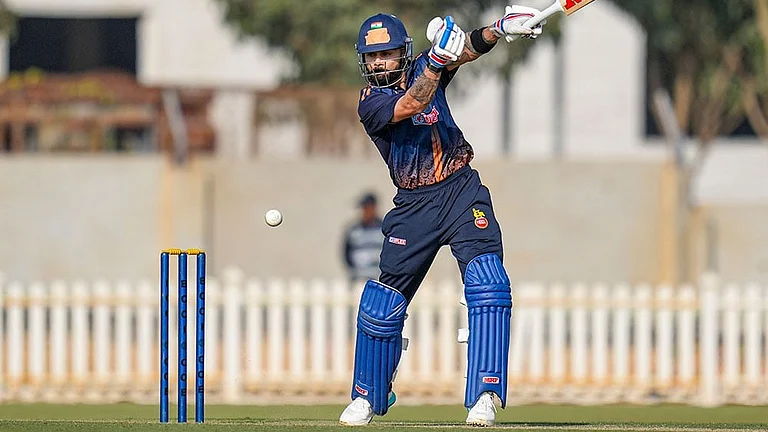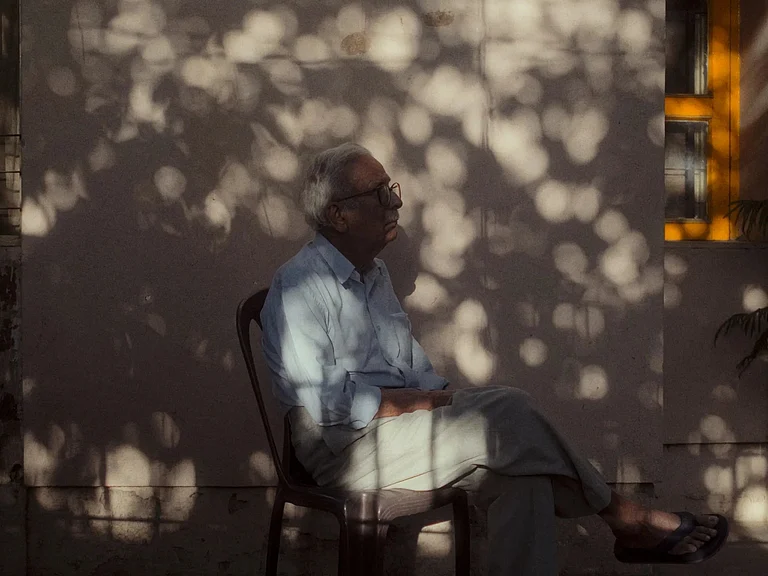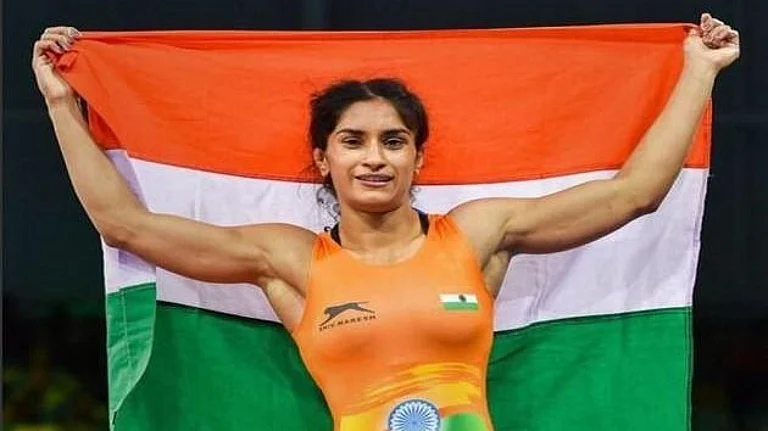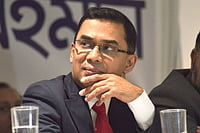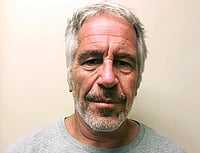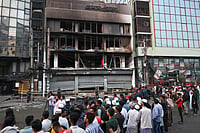A travel book after historical accounts such as The White and The Last Mughal. Why the shift from the history to the contemporary?
After ten years of living in archives in Delhi, Lahore, Rangoon, and London, frankly I thought I needed to get out for a bit. Plus, I have been, for most of my life, a travel writer. My first book, In Xanadu, was a travel book, and then I wrote two more, From the Holy Mountain and The City of Djinns. So I really was returning to a form I have always loved. So travelling through Bengal, a modern Kerala, visiting holy places, getting to see the gorgeous countryside, meeting weird and wonderful people – I had the loveliest year.
Travel writing does stereotypically mean going away from home. But in a sense, you really aren’t, are you? You have, for instance, won the for-Indians-only Vodafone Crossword Book Award …
I would love to be thought of as an Indian, and that would make me proud, but I also know that I cannot be completely Indian, because one can only make so much of a transition or a crossover. I also find that to have an insider-outsider duality can be very useful, when one is say writing a book such Nine Lives. If things are going well, you have enough intimacy with the subject to be able to pick up on what is going on, and yet you always have a detachment and a bird’s-eye view that comes with being an outsider. In a sense, I think I could fit into the kind of insider-outsider category that has in it people like VS Naipaul or Suketu Mehta. Naipaul, because of his Trinidad birth and upbringing and Suketu because he as an NRI coming back to the country of his origin. It is a category that helps you be partly strange and partly intimate, and that category is now becoming increasingly common.
Was it easy to write about the third India, the one you describe in your introduction as “suspended between modernity and tradition”?
You have just so many traps and pitfalls that you can fall into when you are talking about such different atypical subjects. You have the clichés and preconceptions that the West has about Eastern religions, the danger of being branded an Orientalist or a 1960s New Age dharma bum. So I very consciously distanced myself from the project by remaining a distant narrator. The ‘I’ is much less present here than it was in say the City of Djinns. In this book, the people speak for themselves, in their own voices. And that is just a mechanism intended to avoid the pitfalls that you can fall into when you have a Westerner speaking about Indian religion. Returning to your question, the myth of the new India is ever present throughout the book. In my introduction, I talk about a shrine that has built around an Enfield Bullet motorbike that doubles up as a fertility clinic. You have barren women sit and gallop on the bike. So this is not an eternal India lost in mysticism and time; this is very much a contemporary India. And the book tuned out to be a series of marvellous openings into a kind of India that isn’t really written about much, a whole variety of Indias that do not figure in urban Indian novels. I was very pleased to see how a book that was meant to be a book about Indian religion, turned out to be a book about people’s lives.
Speaking of Orientalism, Indian religion has always been a great source of interest for many in the West. Is Nine Lives just a means of satisfying that overwhelming Western curiosity?
Firstly, I am trying to satisfy my own curiosity, because that then becomes the driving force of the book. As far as a curiosity in England and America about India and Hinduism is concerned, I feel thankful that it exists because it gives me a job. [Laughs.] I am not going to decry that for a minute.
In a recent column in the Guardian, you talk about how travel writers should no longer be bookish. If your book is anything to go by, especially your line of questioning, are you trying to say that they should be more akin to journalists?
There is no clear divide between journalism and travel writing. Both involve going out with a notepad and talking to people. And these are categorisations that one imposes. In a sense, travel writing is straightforward journalism. An extended travel book just allows one to go deeper. Increasingly, journalism is being restricted to 1000-1500 words, and very often just 400 words. With a travel book, you can dig deeper, explore tangents, meander, spend longer, and it is a very privileged form of non-fiction in that sense, because it allows one to place people in a landscape and then to explore that landscape, and I think it is a form that is full of possibilities and opportunities for unexpected diversions, one that allows you to follow inspiration. I have had a very refreshing time writing Nine Lives and I found it very easy to write, as it came out very quickly. I started writing this book in February and it was done by June, which for me is unheard of. Usually it takes me 18 months of a hard slog to just write, not research but just to get the job done. I have never written a book in just four months, and I think it’s because of that little time, that it has a certain kind of freshness.
You speak about there not being a real difference between the two, but unlike many journalistic accounts, there is also this lack of undue cynicism in your book, a strict discipline almost that does not allow you to arrive at a conclusion ….
The ethic that you talk about is in a sense the same that you’d find in my history books. There is a presentation of the evidence, which could then allow the reader to draw his or her own conclusion. As a prosecutor, you can of course shape your evidence in such a manner so as to lead your readers to a certain conclusion, but I think it is not my job to sit there and hand out sentences. I guess the task of a writer is to present his or her characters as ambiguous, not as villains or heroes.
Out of the nine lives, which one surprised you the most?
Within two minutes of meeting Prassanamati Mataji, the Jain nun, I knew she was the story. I do think that her account is the best one in the book, but oddly enough, if you were to compare the time that I was able to spend with the other eight, my time with her was the shortest, just 48 hours. After speaking to her, some of the questions that I found myself asking were – How does one react to a Jain nun who is starving herself to death? Do you react with horror? Should you appear sympathetic? All that I found myself able to do was present the evidence, which is all there in the first chapter.
What led you to choose these nine lives in particular?
Subjective judgment more than anything less. Since this was a literary, and not a scientific endeavour, the task was to find the nine that gave the richest insight. The one that I was longing to get, and didn’t get in the end was a Kashmiri Hizbul mujahideen who became a Sufi on the shores of the Dal lake. I tried to get him for a year, but he only agreed to see me the day I was leaving for England to write the book over the summer. So I think that a sequel might well be warranted.
You have also demystified religion by showing how larger socio-political factors such as the RSS-CPM conflict, AIDS and the Chinese invasion of Tibet might go on to affect one’s belief.
It is the humanity of religion that I have tried to present. By delving into people’s lives, rather than discussing theology as an abstract helps humanise religion. It is a very simple technique of just having one person tell their story. The book was originally commissioned in 1997, but for 10 years I fussed about how to tackle the subject in a way that wouldn’t fall into the usual trap. The breakthrough came when Chiki Sarkar sent me off to interview Devadasis for the AIDS Sutra book. I found that the trajectories were very tragic and similar. So rather than writing about two or three of them, I ended up writing about one. I found that technique to be effective, and have thus used it again for the purpose of this book.
In some of your descriptions of these nine lives – the Devadasi, the Tantric, the Bauls – the relationship between sex and faith seems regular fare, not at all scandalous.
I was very interested in the relationship of sex to some of these religious traditions, partly because it is so absent in Christianity, which is ever so afraid of the flesh. In early Christian times, the act of sex was regarded as something negative. And a lot of early Christian thought valorised celibacy. So to have come across the intense sensuality of the South Indian Bhakti Hinduism, for instance, which is in some senses very everyday, was fascinating to say the least. And I am not talking about the extreme erotics of Khajuraho or the Kama Sutra here. Tamil poets don’t give the sexual a second thought. This acceptance, if you can call it that, does distinguish some forms of Hinduism from a number of other religions.
The theyyam dancer, Hari Das, talks about how dissatisfactory his job as a prison warder often proves to be. Now there is a thin line between escape and escapism. On which side does he fall?
I think Hari Das loves his role as a dancer, and this is what he lives for. For three months, he travels from town to town and people gather to see him. He quite likes the attention he gets from women and is a loved celebrity. Then for three months he is a Dalit building wells. He then works as a prison warder where he might get knifed any day. I think escapism would be too harsh a judgement. He is just someone trapped in a life where three months give him intense pleasure and nine months are hell. Unlike the rest of us who get to choose our careers, he and many others don’t have that option.
What are your own religious beliefs?
I come from an extremely religious background. My brother and uncle are priests and my parents are extremely religious; I am less and less so. I do, however, remain deeply interested in the ways that people believe in extraordinary things. What people do for their religion – a nun starving herself to death or a Devadasi having to die of AIDS – these are things that go to the heart of humanity, and a study of it provides huge insights into people’s lives, the way people are. So I look at religion in some senses through the eyes of an anthropologist or a novelist. This is not a theological test, the book is not about a Westerner looking for salvation or a guru, and it is not about a spiritual search by a man who is going shopping in the divine supermarket. I am not trying to buy goods or gods from these people, but I am open to being extremely touched and moved by the spiritual. The sheer amount of devotional poetry I have included in the book is a measure of how much I am moved by it. Having said that, I must add that if someone were to force me to conform to a religion, I would become a Baul tomorrow.
A shorter version of this interview appears in print








